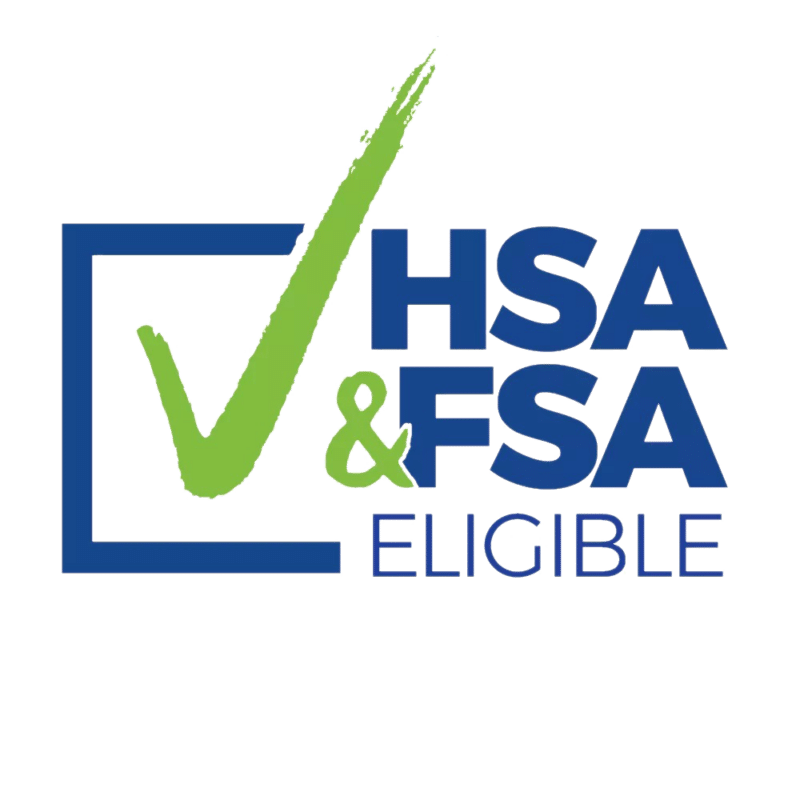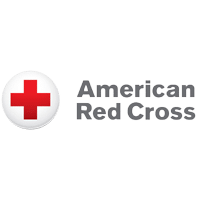No products in the cart.
Uncategorized
AEDs and CPR: A Powerful Duo in Life-Saving Techniques
When it comes to saving lives during emergencies, the combination of Automated External Defibrillators (AEDs) and Cardiopulmonary Resuscitation (CPR) is a powerful duo. These life-saving techniques work hand in hand to increase the chances of survival for individuals experiencing sudden cardiac arrest (SCA). In this blog post, we’ll explore the critical role of AEDs and CPR and how they complement each other.
The Importance of AEDs
What is an AED? An AED is a portable device that delivers an electric shock to the heart in cases of life-threatening arrhythmias, such as ventricular fibrillation (VF) or ventricular tachycardia (VT). These abnormal heart rhythms can lead to cardiac arrest, where the heart suddenly stops beating effectively.
How AEDs Work
- Early Intervention: AEDs are designed for rapid deployment. When someone collapses due to cardiac arrest, immediate use of an AED significantly improves survival rates.
- Automated Analysis: AEDs analyze the heart’s rhythm and determine whether a shock is needed. If VF or VT is detected, the AED prompts the rescuer to deliver a shock.
- User-Friendly Design: AEDs provide clear voice instructions and visual cues, making them suitable for both trained responders and laypersons.
The Role of CPR
CPR is a manual technique that helps maintain blood circulation and oxygen supply to vital organs when the heart has stopped beating. Here’s how CPR complements AEDs:
- CPR Buys Time: While waiting for the AED, performing high-quality CPR keeps blood flowing to the brain and other organs. Every minute without CPR reduces the chances of survival by 7% to 10%.
- AED Effectiveness: CPR prepares the heart for defibrillation. AEDs work best when applied to a heart that has been adequately oxygenated through chest compressions.
- Coordination: The ideal sequence is to start CPR immediately, call for help, and then apply the AED. The combination of CPR and AED significantly improves survival rates.
AED and CPR: A Perfect Match
Early Recognition and Response
- Recognize SCA: The moment someone collapses, assess the situation. If the person is unresponsive and not breathing normally, it’s likely SCA.
- Call for Help: Call emergency services or ask someone nearby to do so.
- Start CPR: Begin chest compressions at a rate of 100-120 compressions per minute.
AED Deployment
- Retrieve the AED: If available, retrieve the AED and turn it on.
- Follow Voice Prompts: The AED will guide you through the steps. Apply the electrode pads to the person’s chest as instructed.
- Deliver a Shock: If advised by the AED, deliver a shock. Ensure no one is touching the person during the shock.
Continue CPR and AED Cycles
After delivering a shock, resume CPR immediately. Continue cycles of 2 minutes of CPR followed by AED analysis and potential shocks.
Remember, AEDs save lives, but they work best when combined with effective CPR. Whether you’re at home, in the workplace, or a public space, knowing how to use both AEDs and CPR can make a significant difference in an emergency situation.






